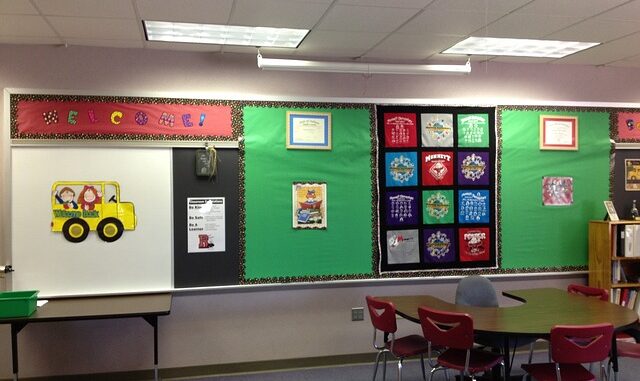
Educators with at least some control over the physical learning environment in which they work are often inclined to try to shape that environment to create the best conditions for learning. In the case of teachers and classrooms, one such shaping can include decor intended to create a stimulating environment to engage students. Such efforts seem sensible, and indeed, in some schools, there are expectations that teachers will decorate their classrooms.
Research on kindergarten children and attention suggests that when they are placed in classrooms with displays that are not relevant to the immediate tasks, they can be distracted and perform less well. Research on children aged 8 to 12 years found that they performed less well on attention and memory tasks in high-load visual environments than in low-load visual environments. A parallel study on adolescents found much the same pattern.
This work, while interesting its own right, raises a set of equally interesting questions. For example:
- In examining the relationship between environment and learning, how does the pedagogy employed impact that relationship? Would an instructional repertoire that utilized the displays make them integral and not distracting?
- How does the nature of the assigned student tasks or work affect the relationship between environment and learning? Would tasks that call for creativity and invention lead to different outcomes than tasks requiring a narrow focus?
- How does the nature of the decor itself affects the relationship? Would a task relevant display lead to a different outcome from the irrelevant displays studied?
- Given the complexity of classrooms, what is relative impact of environmental factors?


Be the first to comment